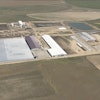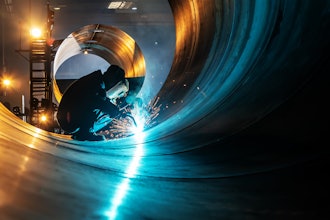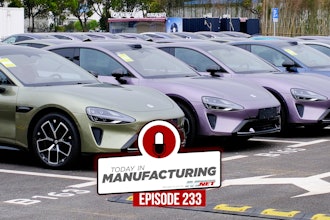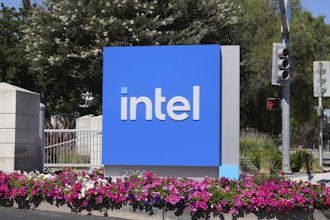BISMARCK, N.D. (AP) — An analyst says the parent company of Bobcat Co., has been hurt by a global economic slump and by debt it took on when it purchased Bobcat two years ago.
Bobcat, of West Fargo, has announced plans to close its Bismarck plant by the end of the year and consolidate its work to Gwinner, in southeastern North Dakota.
Chuck Yengst, a construction manufacturing industry analyst and president of the Wilton, Conn.-based Yengst and Associates, said Bobcat's parent company, South Korea-based Doosan, likely was hurt by the economic downturn but also burdened by the debt it took on when it purchased Bobcat from Ingersoll Rand in 2007.
Yengst said analysts figure Bobcat was producing about 37,000 skid-steer loaders a year from its Gwinner plant at its peak in 2005. That figure dropped to about 22,000 last year, he said.
Two weeks after Bobcat announced plans to shutter its Bismarck plant by the end of the year, the plant's union leader recalled a conversation he had with Doosan officials in 2007 when the company bought Bobcat.
"We didn't pay $4.9 billion to move anything," was what Doosan officials told him two years ago, said Jeremy Bauer, the president of the United Steel Workers Local 566 in Bismarck.
"And two years later, here we are," he said.
By the end of the year, Bobcat will purge 475 jobs in Bismarck, move the plant's operations to Gwinner and open 390 positions there.
Yengst said Doosan may have been able to manage its debt without affecting Bobcat, as long as Bobcat continued producing its skid-steer loaders and mini-excavators at peak levels. But the housing bubble burst and the economy soured.
"It may have worked for a little while," Yengst said. "They couldn't handle it all, there just wasn't enough money. They had too much of a mortgage."
Sales dropped from about 20,000 units in 2007 to about 16,000 in 2008, he said.
This year, Yengst said Bobcat is poised to sell just 8,000 skid-steer loaders.
Bobcat's sales are closely tied to U.S. housing starts, which are down by about 75 percent since the 2005 peak, Bobcat spokeswoman Laura Ness Owens said.
At the company's peak in 2005, Bobcat had 2,600 employees in North Dakota. By the end of the year, it will have 1,500, Ness Owens said.
"When the market drops out of sight, the Doosan people had to do something really quickly to stop the bleeding," Yengst said of the Bismarck plant closure.
David Flynn, an assistant professor of economics at the University of North Dakota, said it is an example of a difficult business decision in a volatile economy.
As for Doosan's debt-fueled acquisition of Bobcat, "In many ways it's a mirror-image of what was going on in housing," Flynn said.
Doosan is one of the world's largest companies, employing more than 35,000 people in 33 countries. Ness Owens compares it to the General Electric of South Korea.
Bobcat falls under Doosan Infracore International, which is based in Charlotte, N.C.
Besides its Bismarck and Gwinner plants, Bobcat has plants in Litchfield, Minn.; Pontchateau, France; Dobris, Czech Republic, and Wujiang, China.
Doosan officials said they have no plans to move Bobcat out of North Dakota.
"Bobcat Co. is committed to North Dakota, and we support that commitment," Scott Nelson, the chief executive officer of Doosan Infracore International, in a statement. "The difficult move to consolidate operations was strictly a Bobcat Co. decision based on production and capacity at the North Dakota operations."
Yengst said it's unlikely Doosan would take the company out of North Dakota. He said that would be "foolhardy at best," considering the state's relatively cheap energy and established manufacturing base.
"They've had a really well-oiled machine," he said. "That's just something you don't see everywhere."
Larry Stewart, the executive editor of the monthly magazine Construction Equipment, said Bobcat is "sort of the Kleenex of the skid-steer loader world."
"Customers tend to have a great deal of respect for the brand," Stewart said. "No one is saying Bobcat has gone in the tank."
But there are challenges ahead, Yengst said.
"I don't think we're going to go back to the way we were three or five years ago," he said. "I think we're all going to have to learn how to live with less."


















